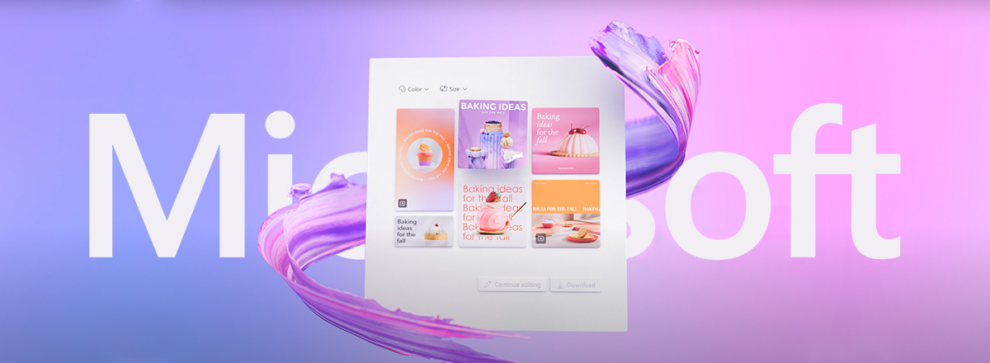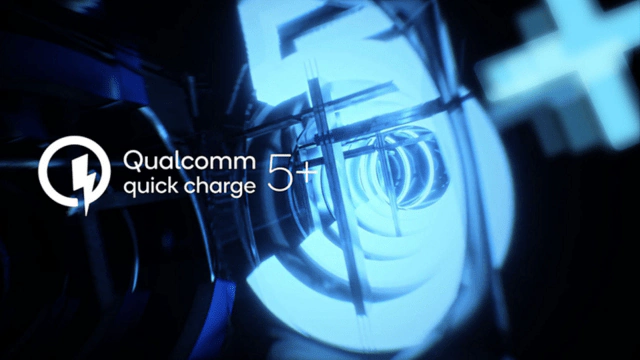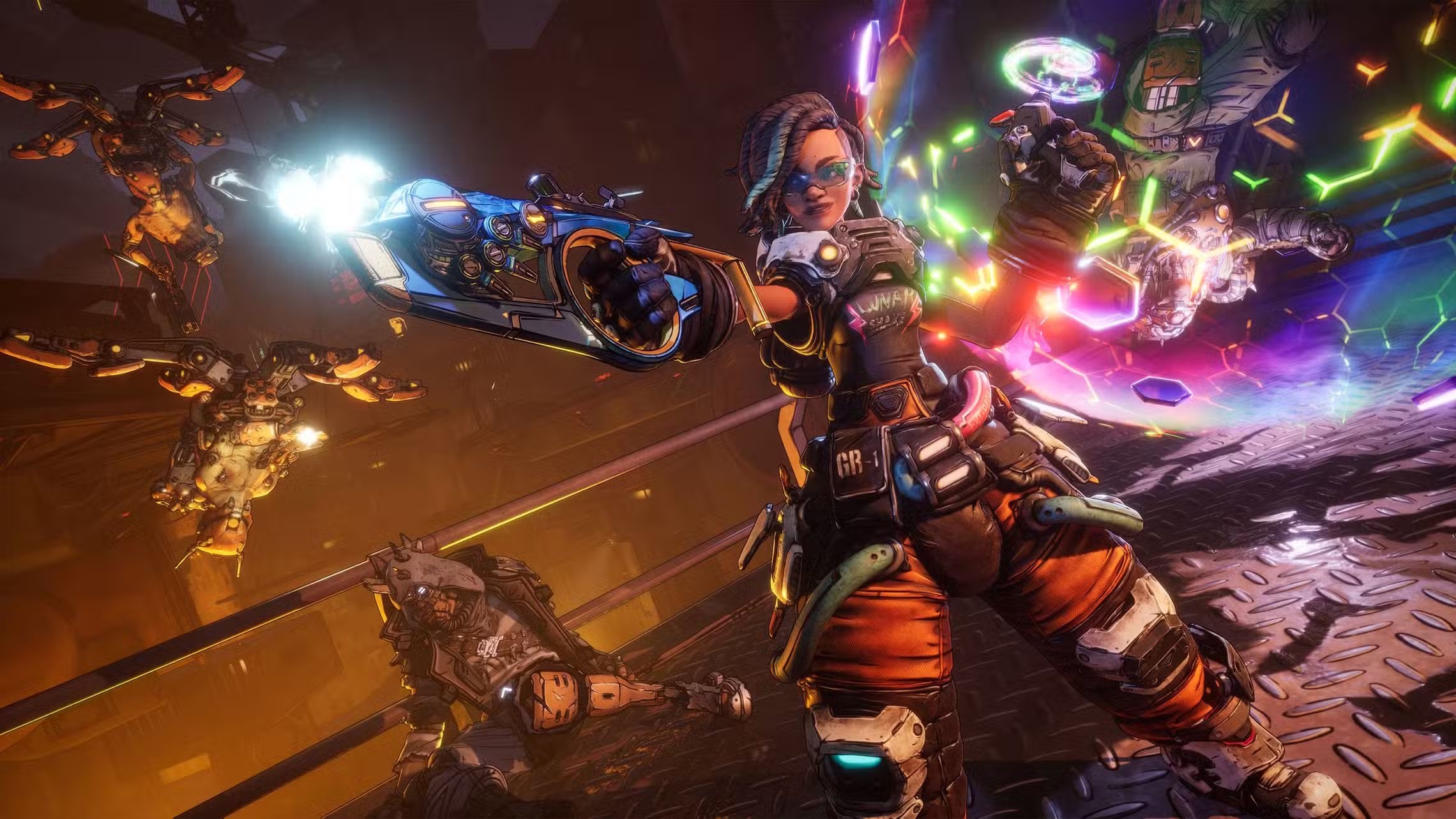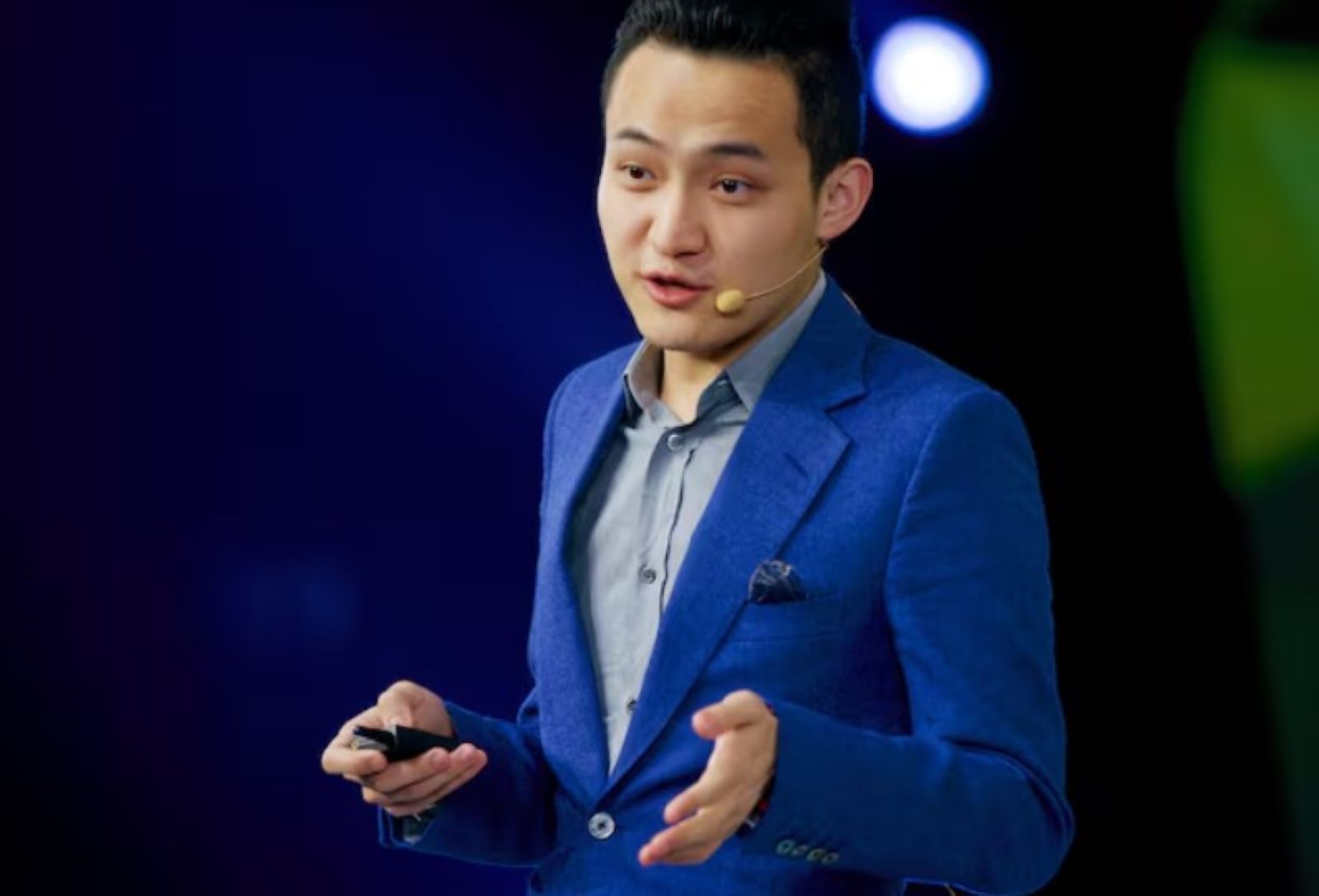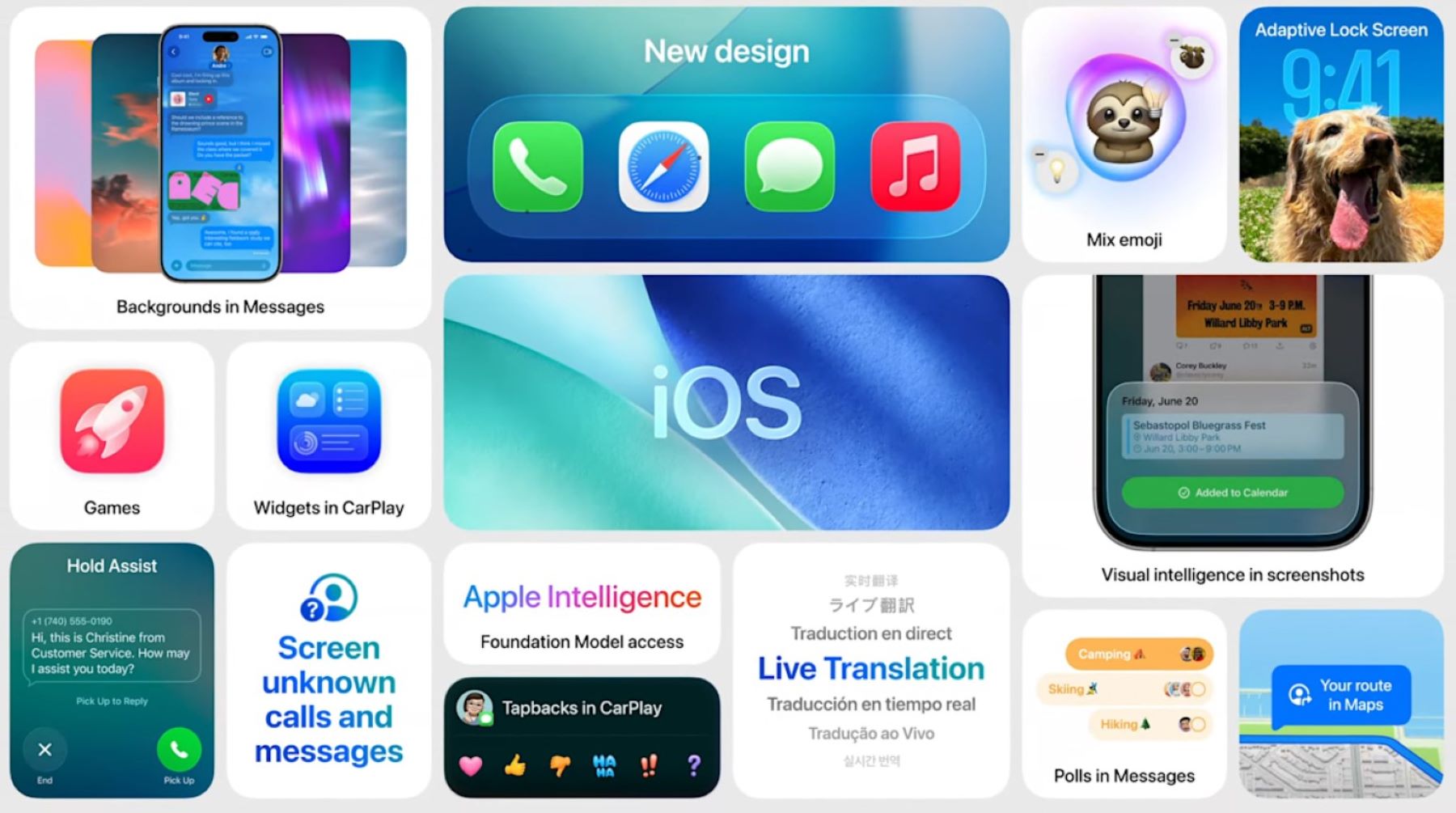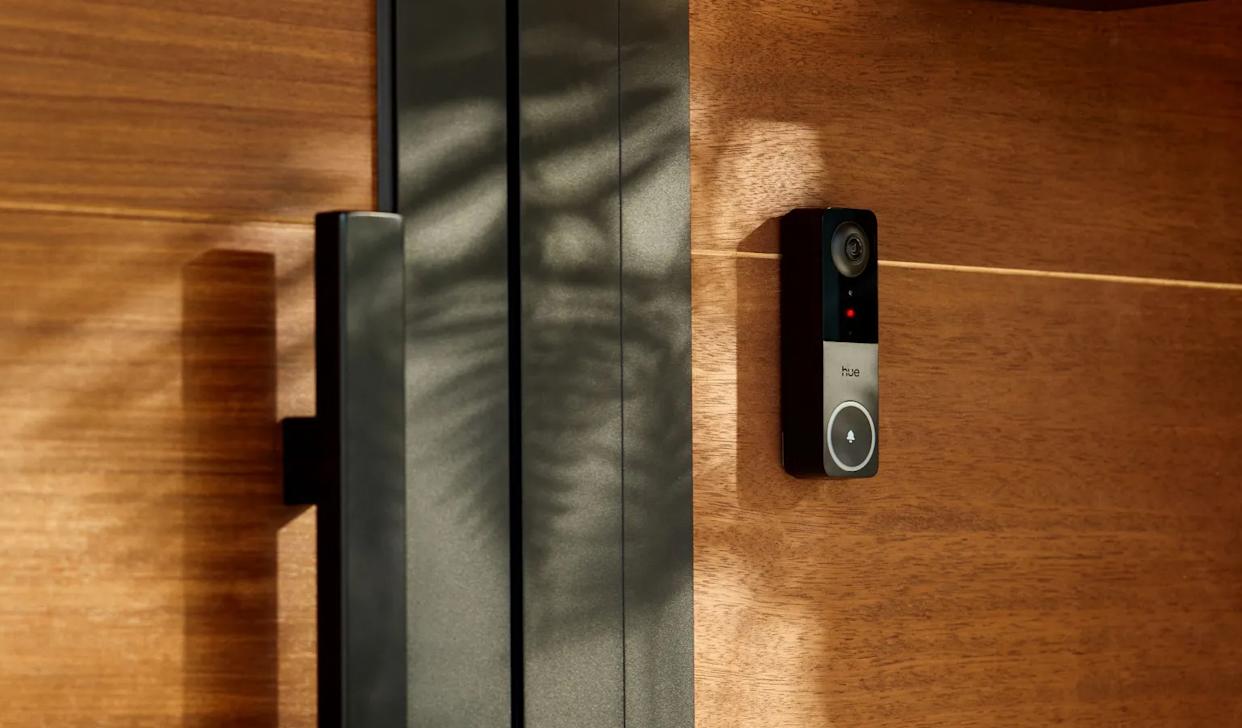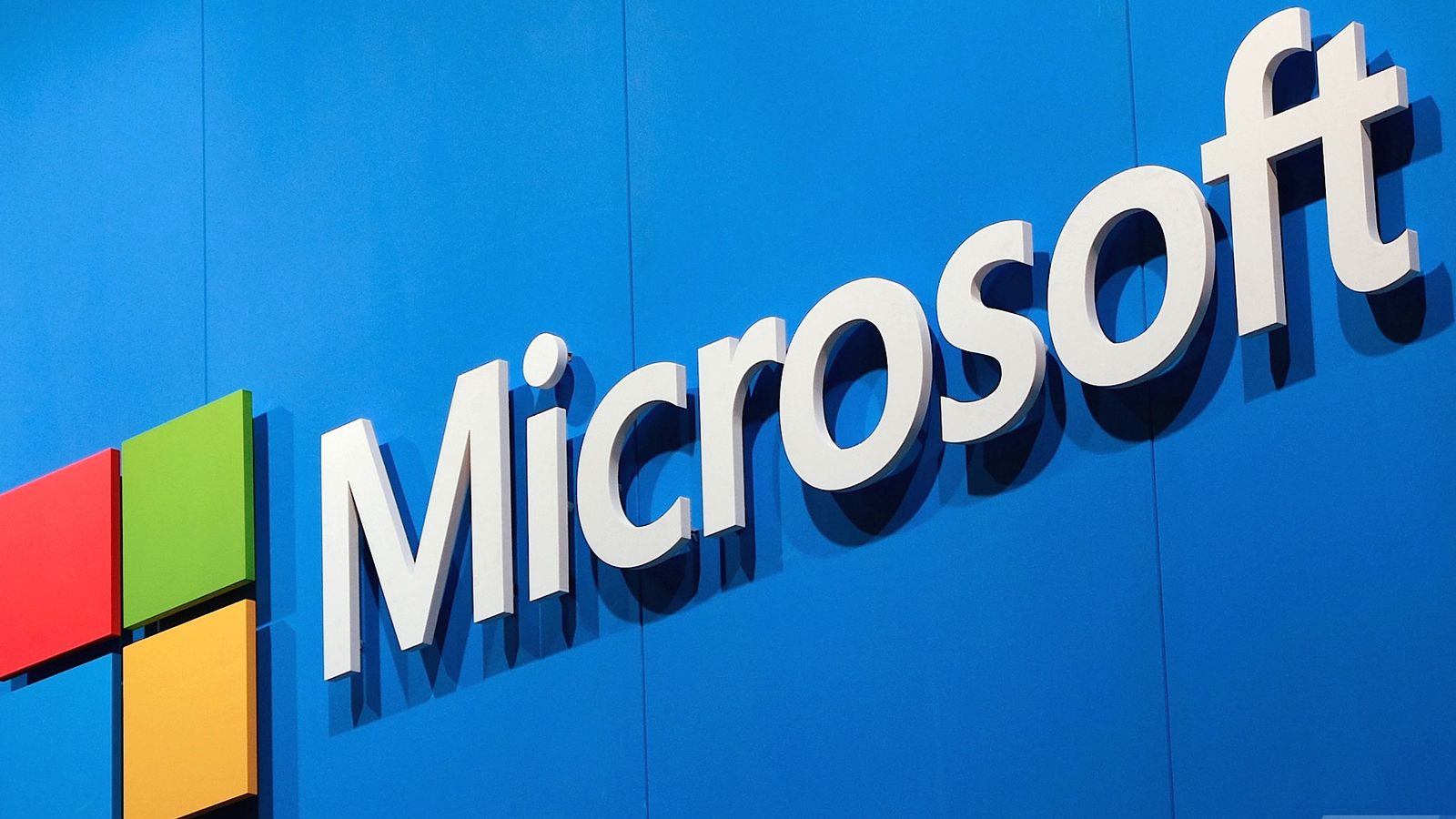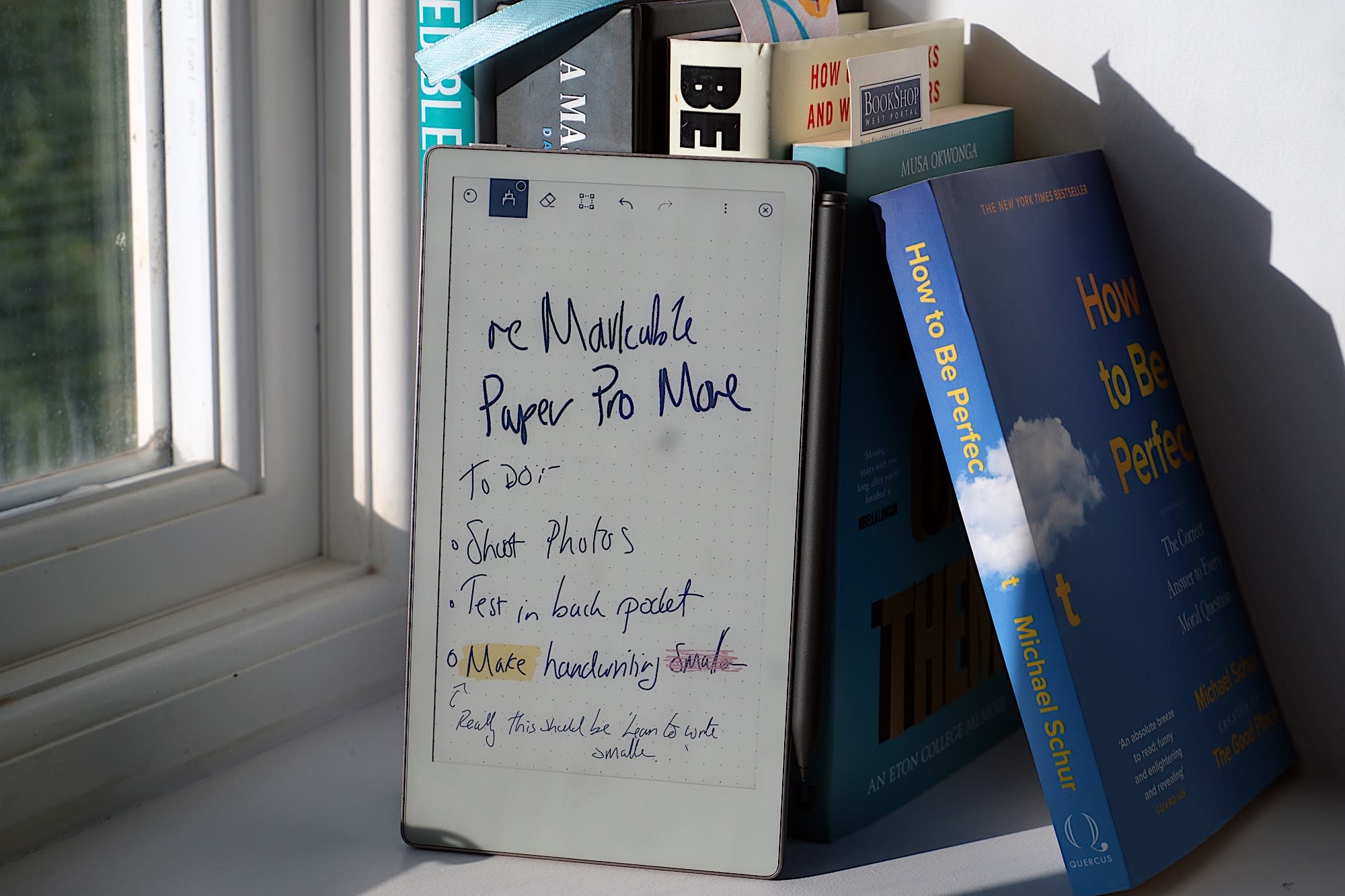Microsoft has officially launched its AI-powered graphic design app, Microsoft Designer, on iOS and Android devices. The app, which had been available on Windows and the web, now provides users with mobile access to its suite of AI-driven design tools.
Designer allows users to generate images from text prompts, modify existing images, and create various designs like documents, invitations, and flyers using customizable templates. The app is geared towards both individuals and businesses seeking quick, efficient design solutions.
A Rocky Start
While the mobile launch expands Designer’s reach, it’s worth noting the app’s past controversy. Earlier this year, Designer was identified as one of the tools used to create non-consensual explicit images of celebrities, which circulated widely on social media. Microsoft acknowledged the misuse of the technology and took steps to address the issue by implementing safeguards to prevent similar occurrences.
AI in Design: Potential and Pitfalls
Microsoft Designer exemplifies the growing integration of AI into creative tools. It promises to democratize design by enabling users with varying skill levels to produce professional-quality graphics. The use of AI-generated content, however, raises concerns about ethics and potential misuse.
Microsoft’s attempt to mitigate these risks includes restricting the generation of images of real people and implementing content moderation measures. Yet, the incident serves as a stark reminder of the challenges tech companies face in deploying powerful AI tools responsibly.
Looking Ahead
The mobile launch of Microsoft Designer marks a significant step in Microsoft’s push to make AI-powered design tools accessible to a broader audience. It remains to be seen how the app will be received on mobile platforms and whether the company’s efforts to prevent misuse will prove effective.
As AI continues to transform the design landscape, the debate surrounding its ethical implications is likely to intensify. Companies like Microsoft will play a crucial role in shaping how this technology is used and ensuring it is employed for creative expression rather than harmful purposes.
